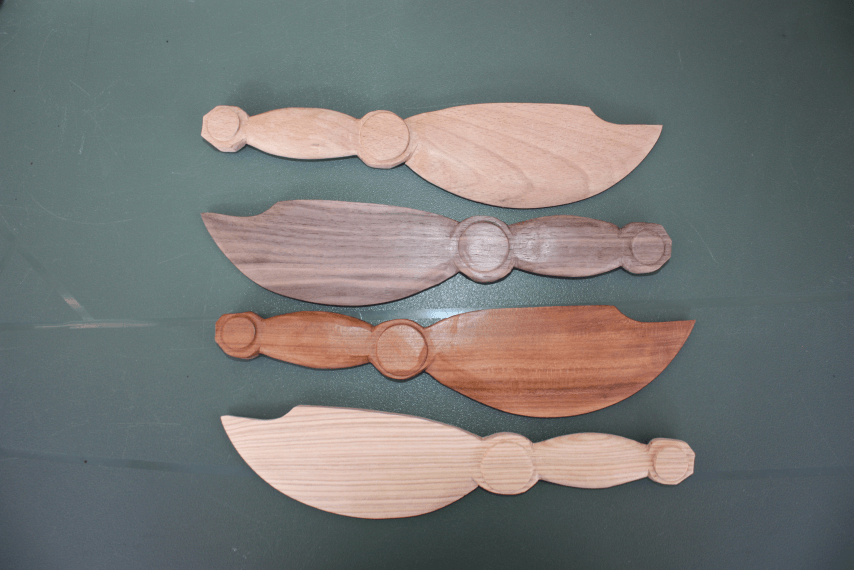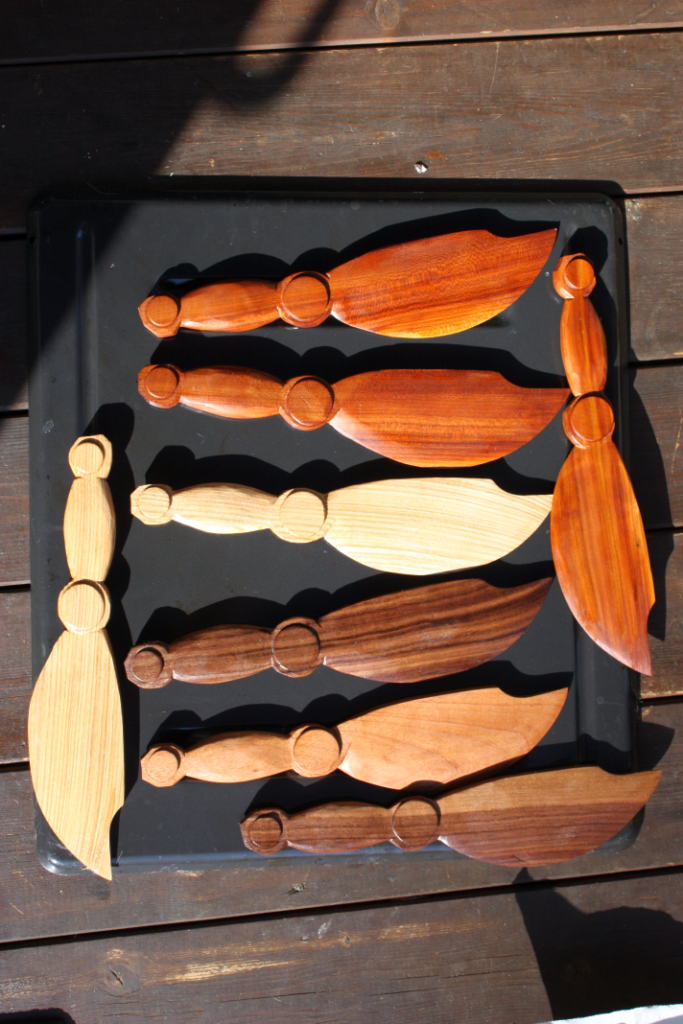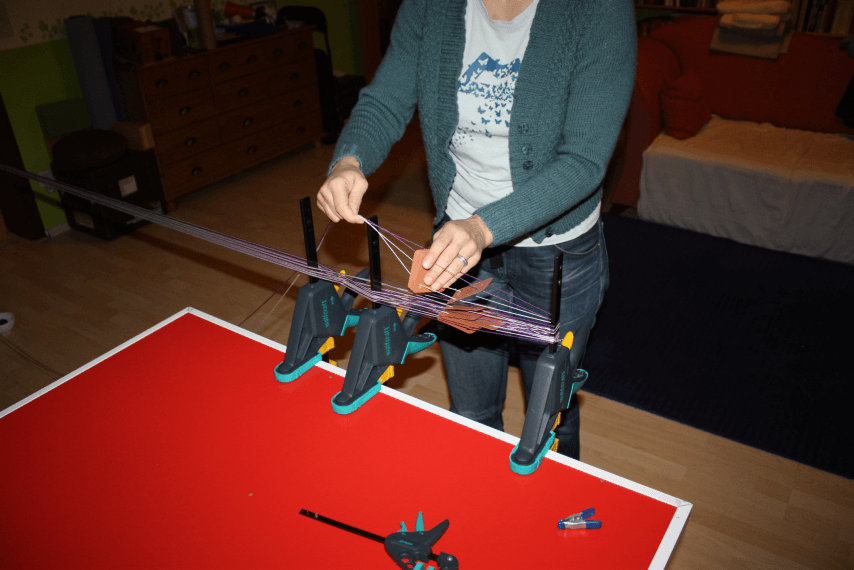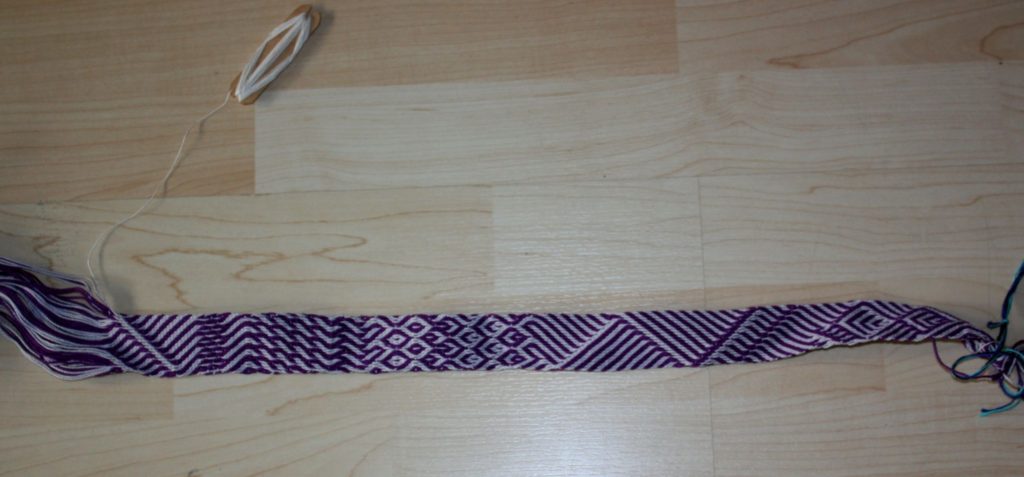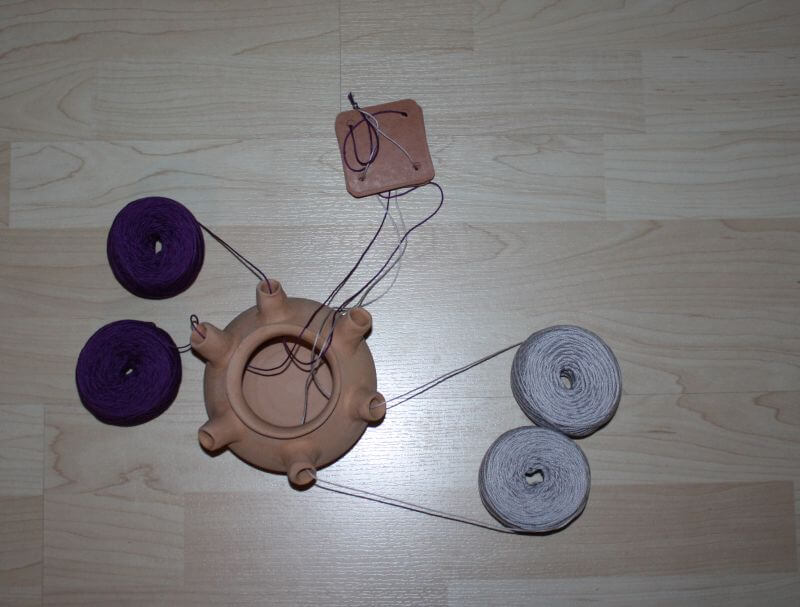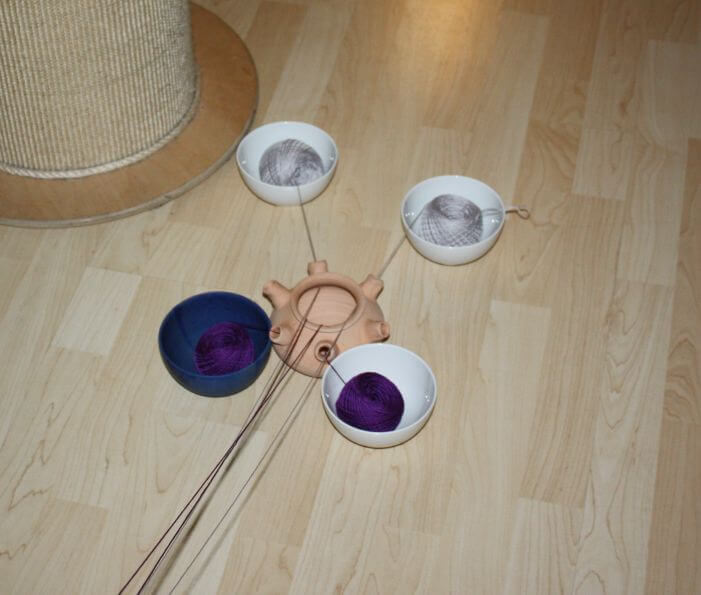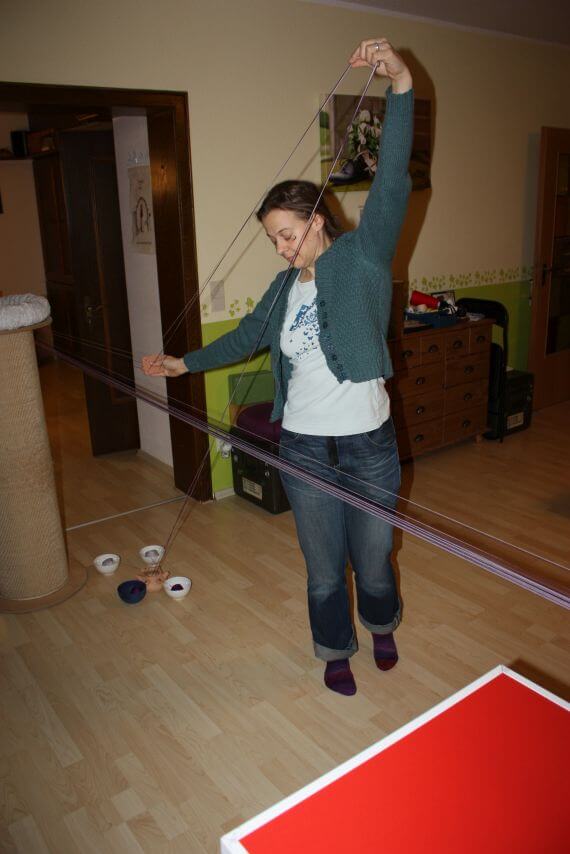Here's some stuff about places you could go at times when there are things that might be vastly interesting:
The CfP of the EXAR conference in Vienna, September 26 to 29 2019, is ending on June 15. You can send your paper proposal via their website.
If you are interested in Tudor clothing, there's a conference with a lot of event stuff around it called "Missing Persons". It will take place in Nottingham on April 3-5, 2020. You can register via the Tudor Tailor site; conference costs are 299 GBP (with an Early Bird registration until June 19 for 275 GBP).
The University of Sheffield will offer Zooarchaeology Short Courses in September 2019: Understanding Zooarchaeology on September 10-12 and Birds in Archaeology on September 13. The courses are directed to students, professionals and enthusiasts, no prior knowledge required, and the courses include hands-on practical activities. For more information, visit the website at the Uni of Sheffield.
The CfP for the European Textile Forum is also open; the Forum will run from November 4-10 in the Laboratory for Experimental Archaeology Lauresham, Lorsch, Germany. Focus topic this year is "Shared Warps, Shared Wefts", but other, non-weaving related papers or presentations are also welcome.
Finally, for those in Germany, I will be offering a two-day tablet weaving workshop on August 31 and September 1, teaching how to do tablet weaving patterns without a written pattern draft. As this is a system and we will start from the very beginning to learn the system, no previous knowledge about tablet weaving is needed. More information and booking possibilities are here via the pallia webshop.




